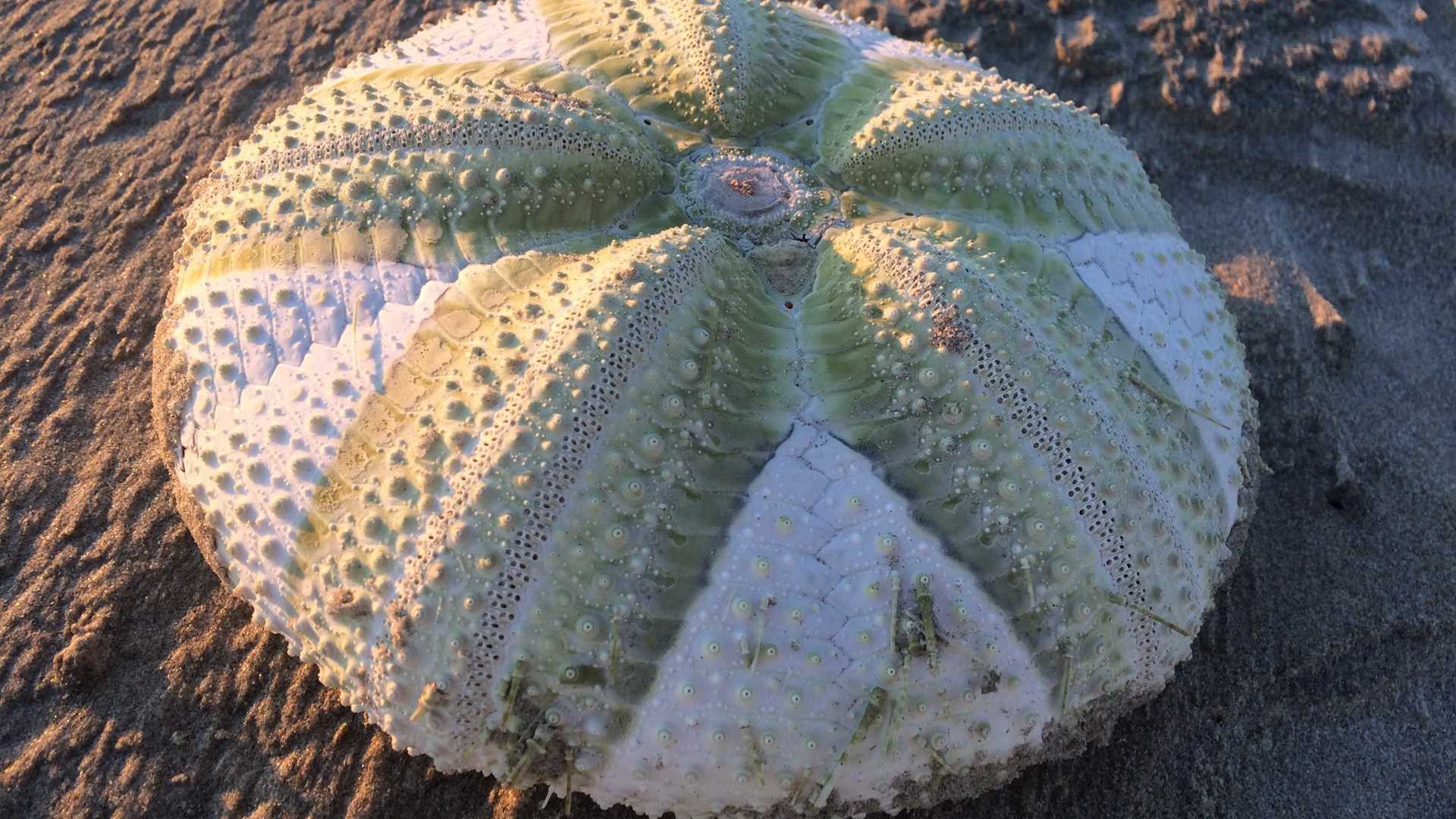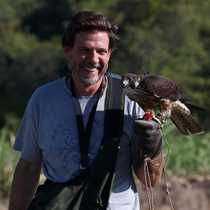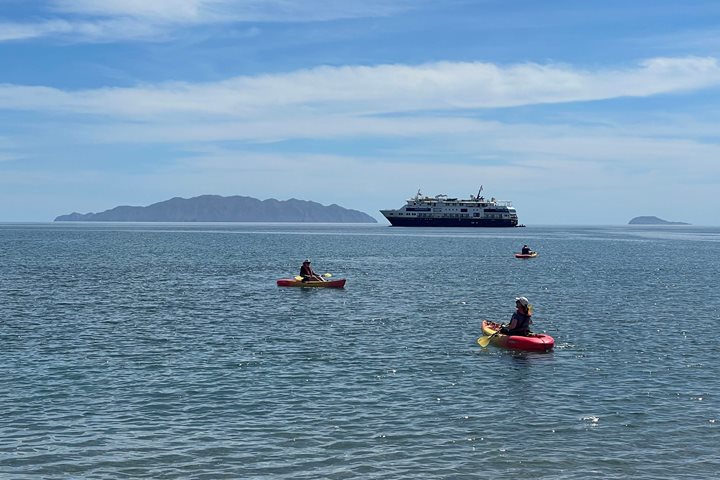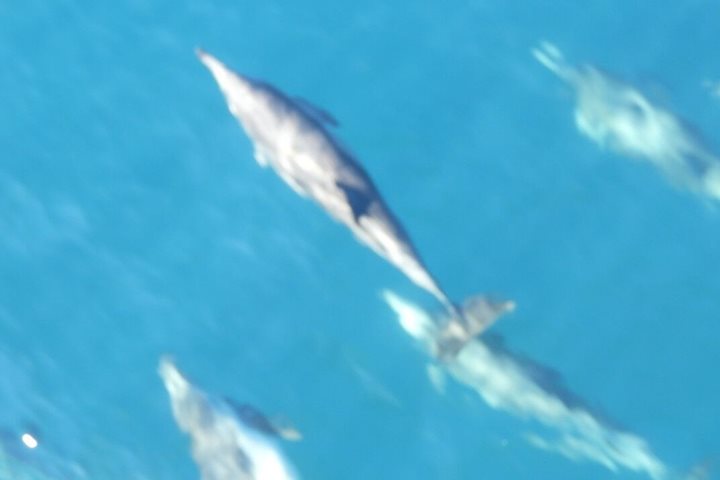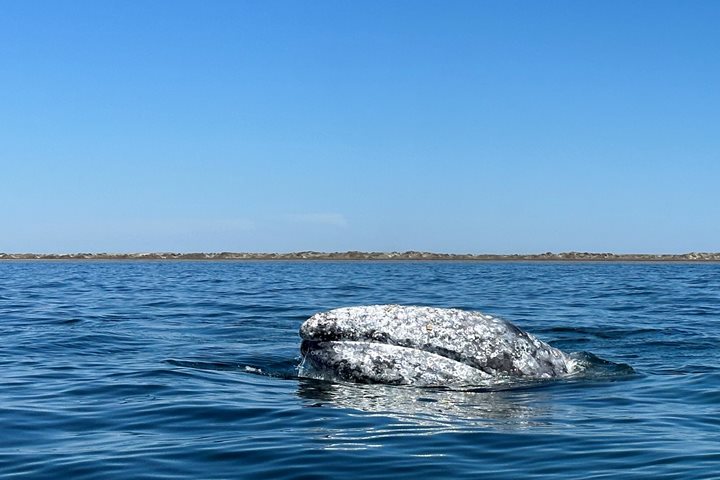Today we started our first day of exploration. The first place we visited was Bahia Santa Maria, also known as Sand Dollar Beach. This was our initial stop, which will be followed by two weeks of sailing on the Pacific side of the Baja California Peninsula, and way up into the Gulf of California.
Bahia Santa Maria is one of the most scenic beaches, and the huge bay is uninhabited and wild. Here we can learn about the archaeological sites, which are a window to the past of this place. We can also walk along for miles, looking for some of the interesting creatures that are washed ashore by the sea.

